These bread rolls have been my go to recipe for Sunday dinners and holiday meals for over a decade. I've made hundreds of batches, tweaking the method until I got that perfect combination of soft, fluffy interior and golden crust that makes people reach for seconds before they've finished their first roll. What started as a way to avoid buying expensive bakery rolls has become the thing my family requests most when they come for dinner.
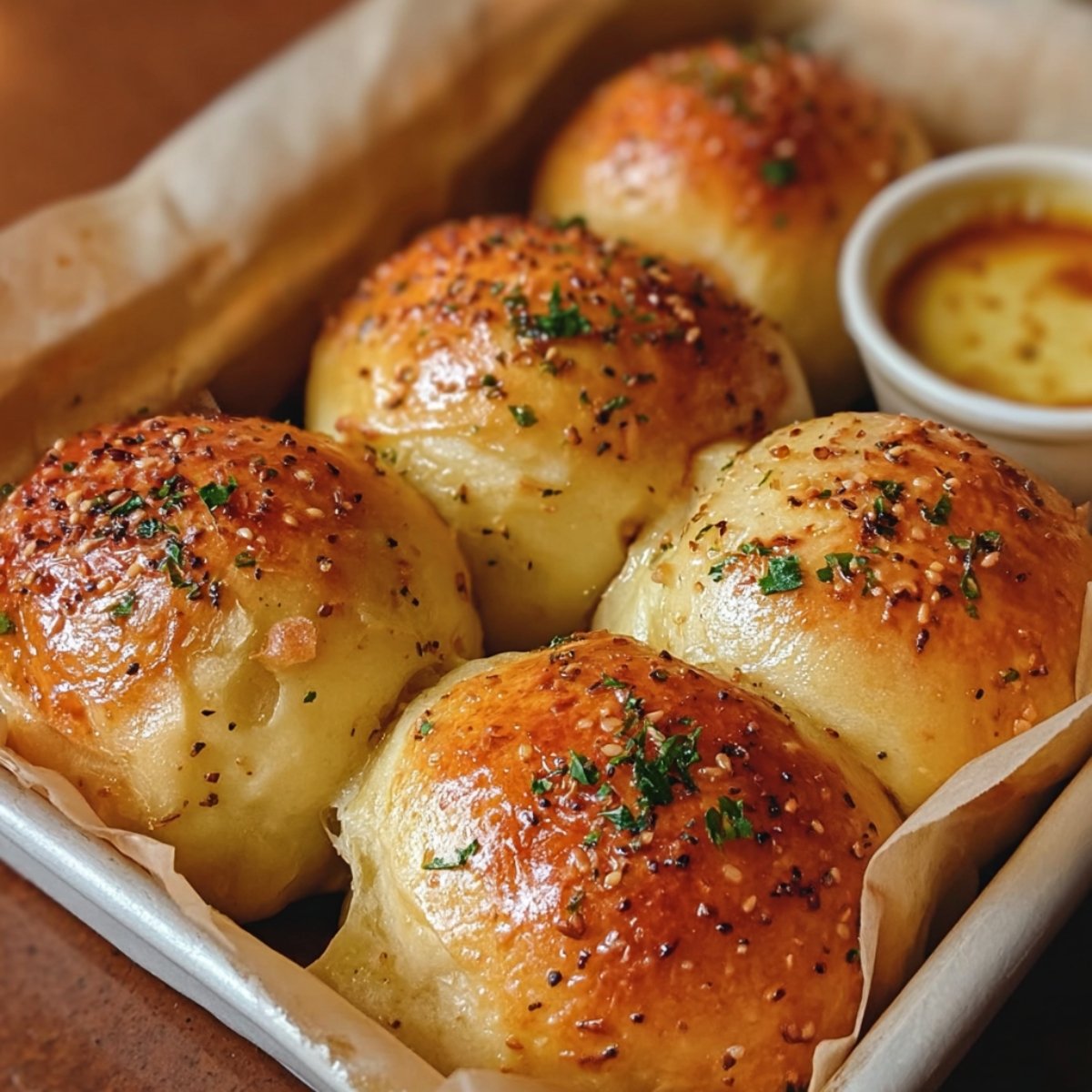
Why You'll Love This Bread Rolls Recipe
This recipe works because it doesn't require any special skills or fancy equipment - just basic ingredients you probably already have and a bit of patience while the dough rises. The rolls come out soft and pillowy inside with a golden crust that's not too thick or chewy. I've made these for people who claim they don't like homemade bread, and they always ask for the recipe afterward because there's something about fresh, warm rolls that store-bought versions just can't match.
What makes this recipe different from others is how forgiving it is. If you accidentally add too much flour, you can work in a bit more milk. If the dough doesn't rise as much as you expected, it still makes decent rolls. I've had batches where I forgot about them during the second rise and they were still good, just a bit more rustic-looking. The method is straightforward enough that you can make these on a weeknight if you plan ahead, but they're also nice enough for holiday dinners when you want something homemade on the table.
Jump to:
What You Need for Bread Rolls
Main Ingredients:
- 500g strong white bread flour
- 325ml warm whole milk
- 7g active dry yeast (1 packet)
- 2 tablespoons caster sugar
- 1 large egg
- 50g butter, melted
- 1 teaspoon salt
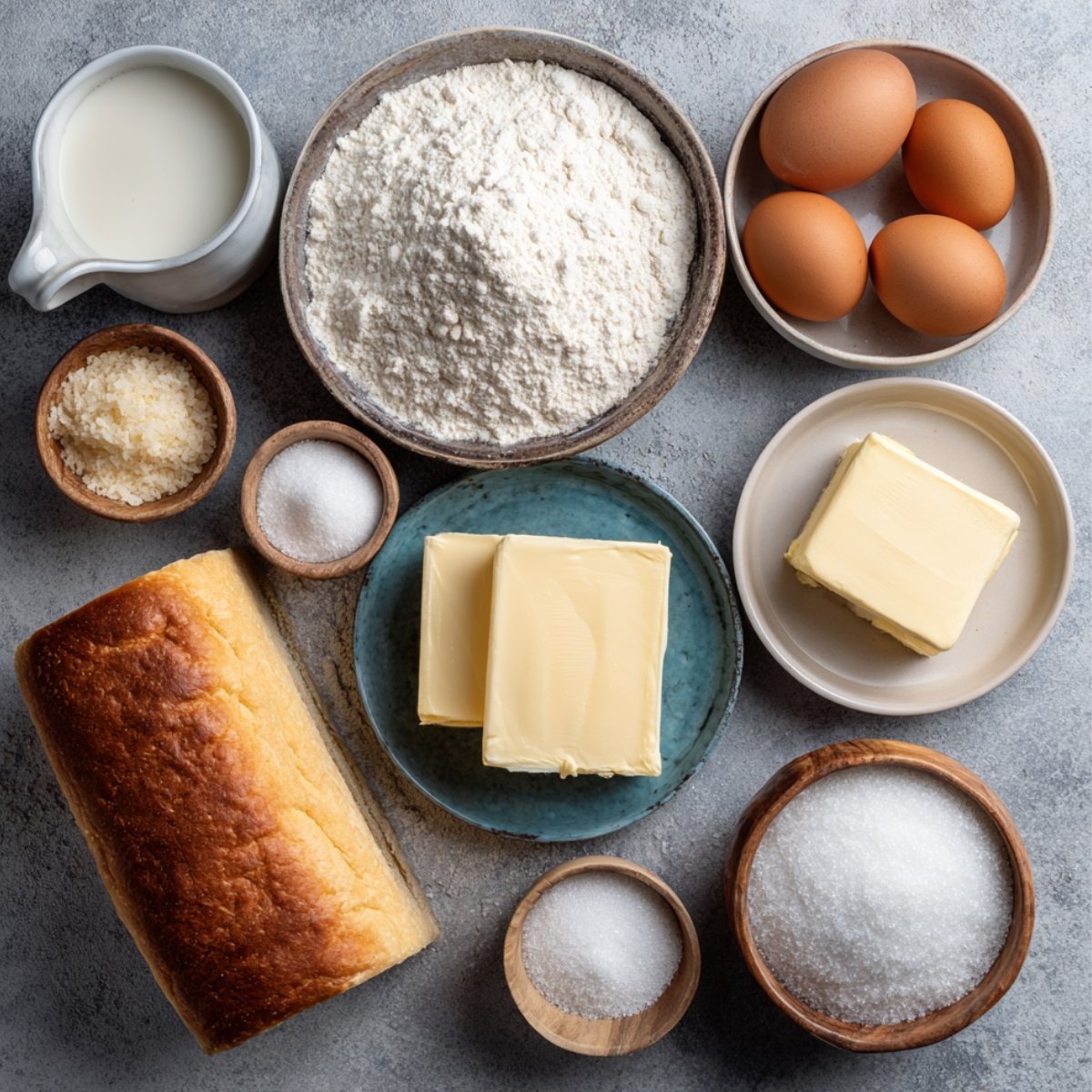
For Finishing:
- Extra melted butter for brushing
- Beaten egg for glazing (optional)
Basic Equipment:
- Large mixing bowl
- Clean tea towel
- Baking tray
- Wire cooling rack
- Measuring cups and spoons
See recipe card for quantities.
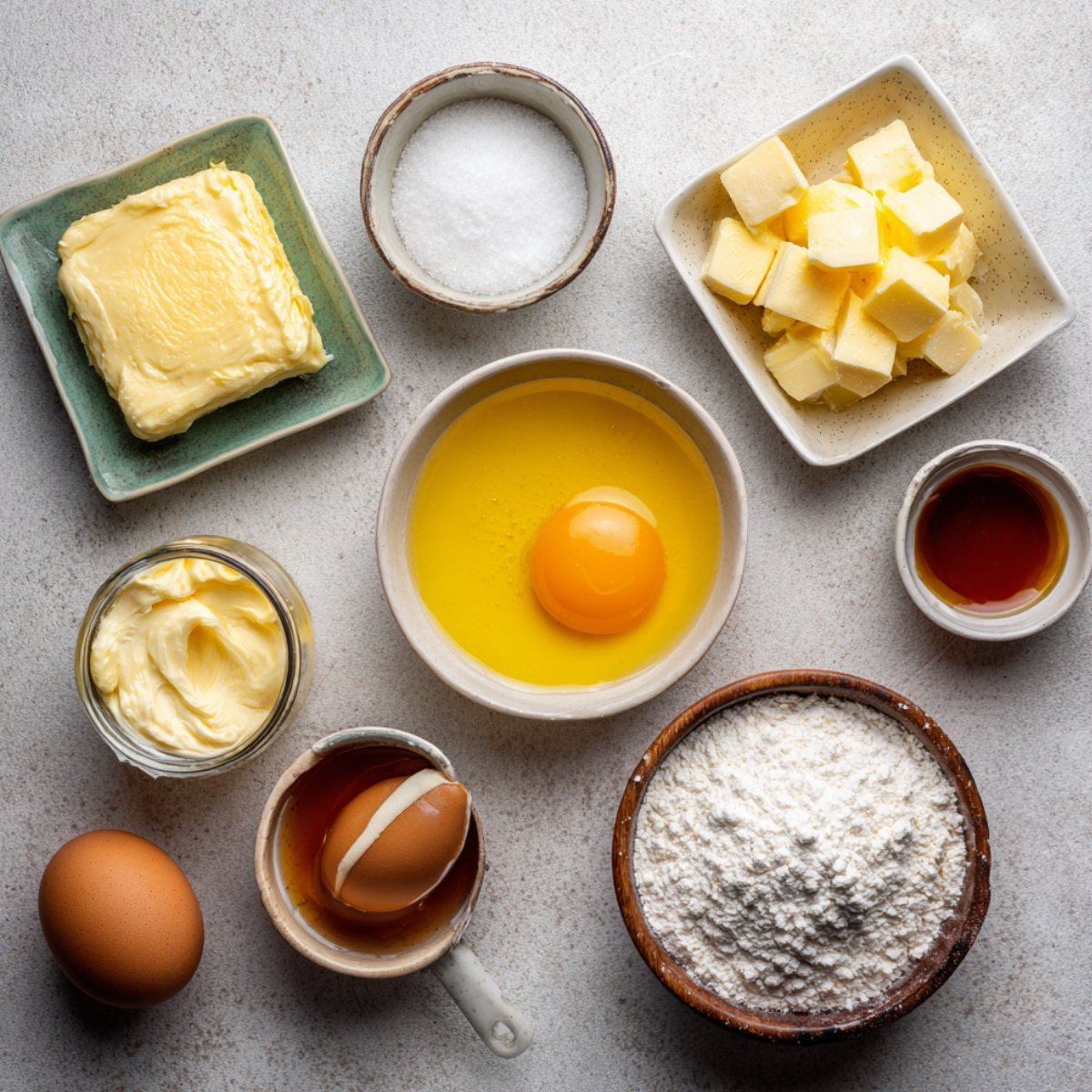
How To Make Bread Rolls Step By Step
Mixing the Dough:
- Warm milk to lukewarm temperature (not hot)
- Dissolve yeast and sugar in warm milk, let sit 5 minutes until foamy
- Mix flour and salt in large bowl
- Add yeast mixture, melted butter, and egg
- Stir until shaggy dough forms
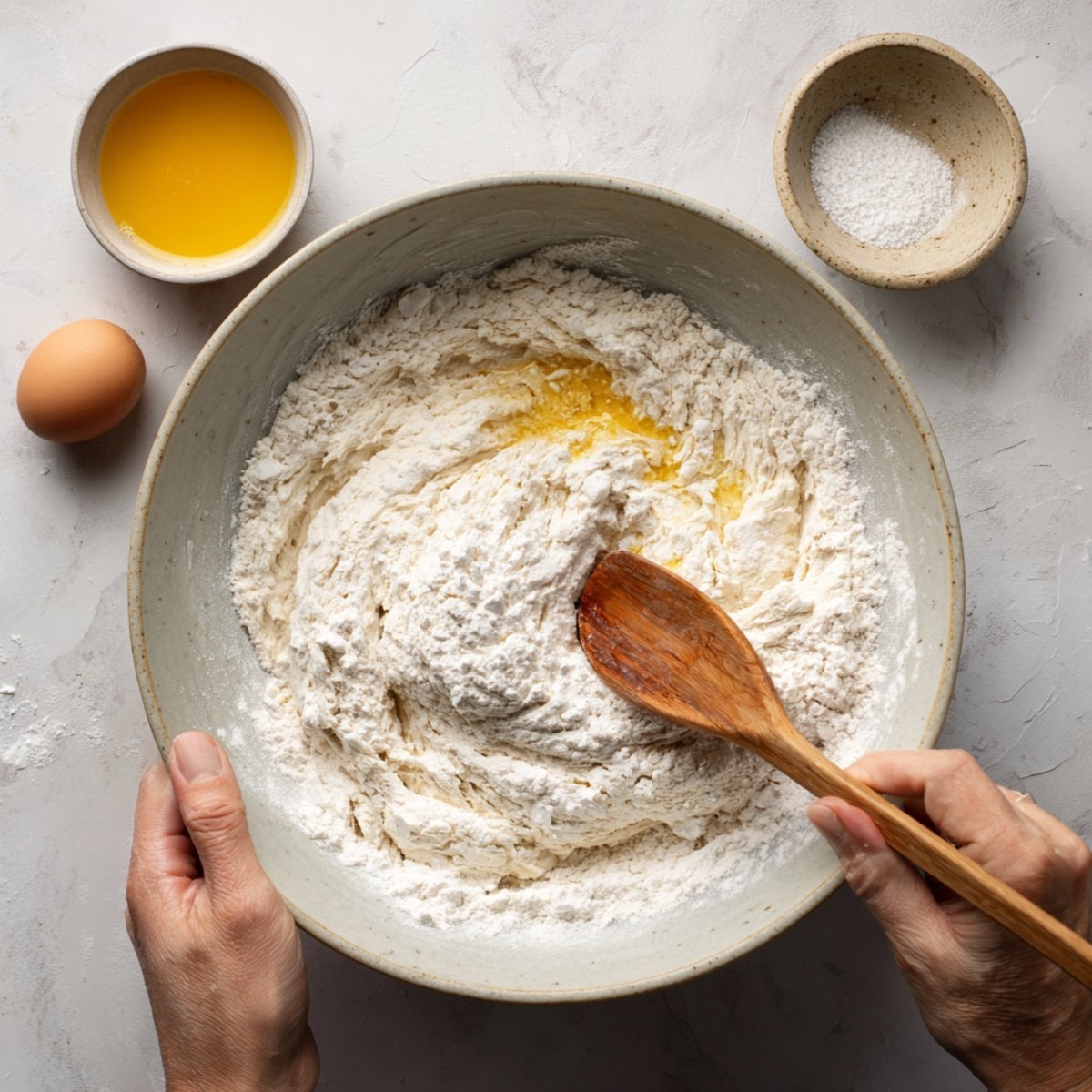
Kneading Process:
- Turn dough onto floured surface
- Knead for 8-10 minutes until smooth and elastic
- Dough should spring back when poked gently
- Add flour gradually if too sticky
First Rise:
- Place dough in greased bowl
- Cover with damp tea towel
- Rise in warm spot for 1-1.5 hours until doubled
- Punch down gently to release air
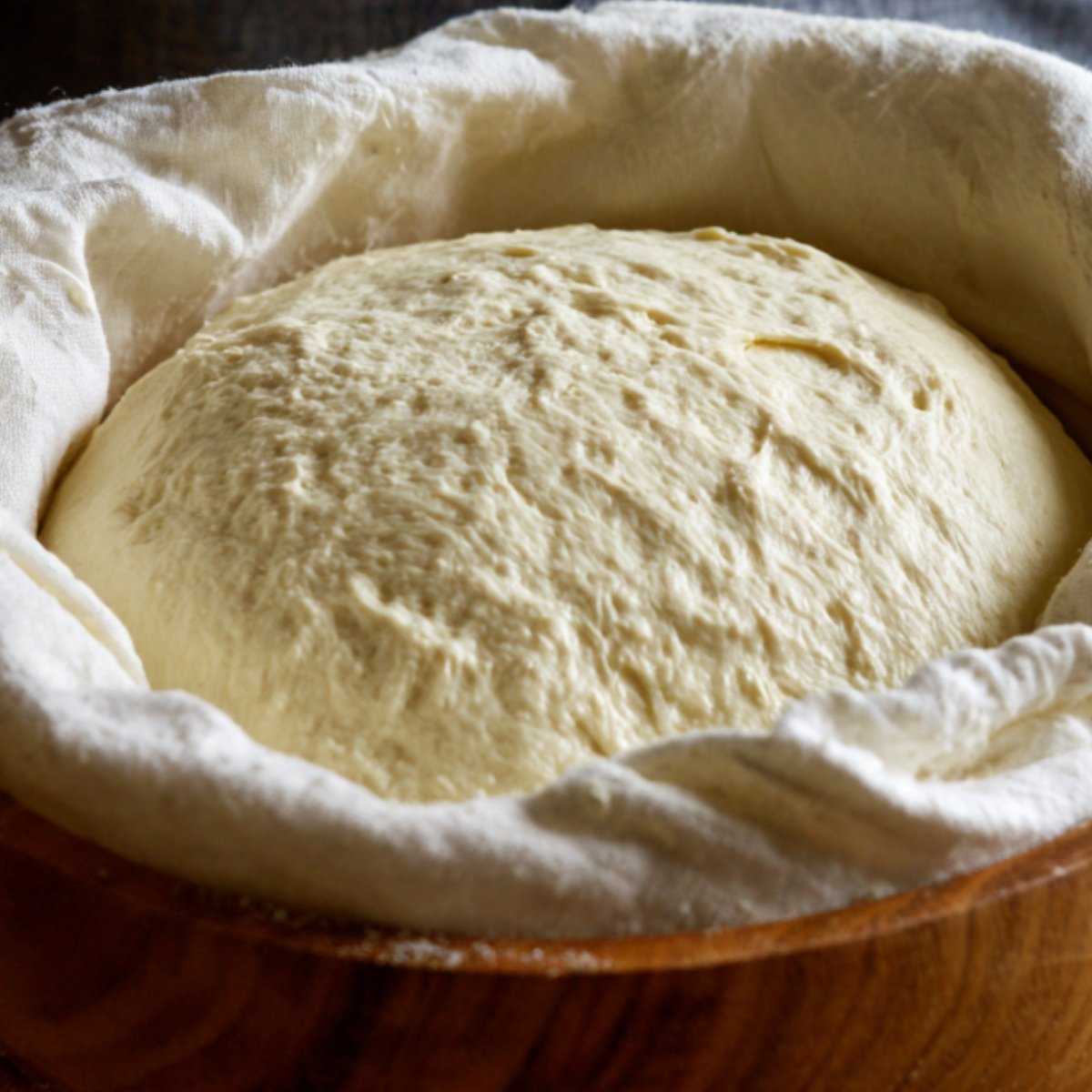
Shaping the Rolls:
- Divide dough into 12 equal pieces
- Roll each piece into smooth ball
- Place on greased baking tray with sides just touching
- Cover and rise 45 minutes until puffy
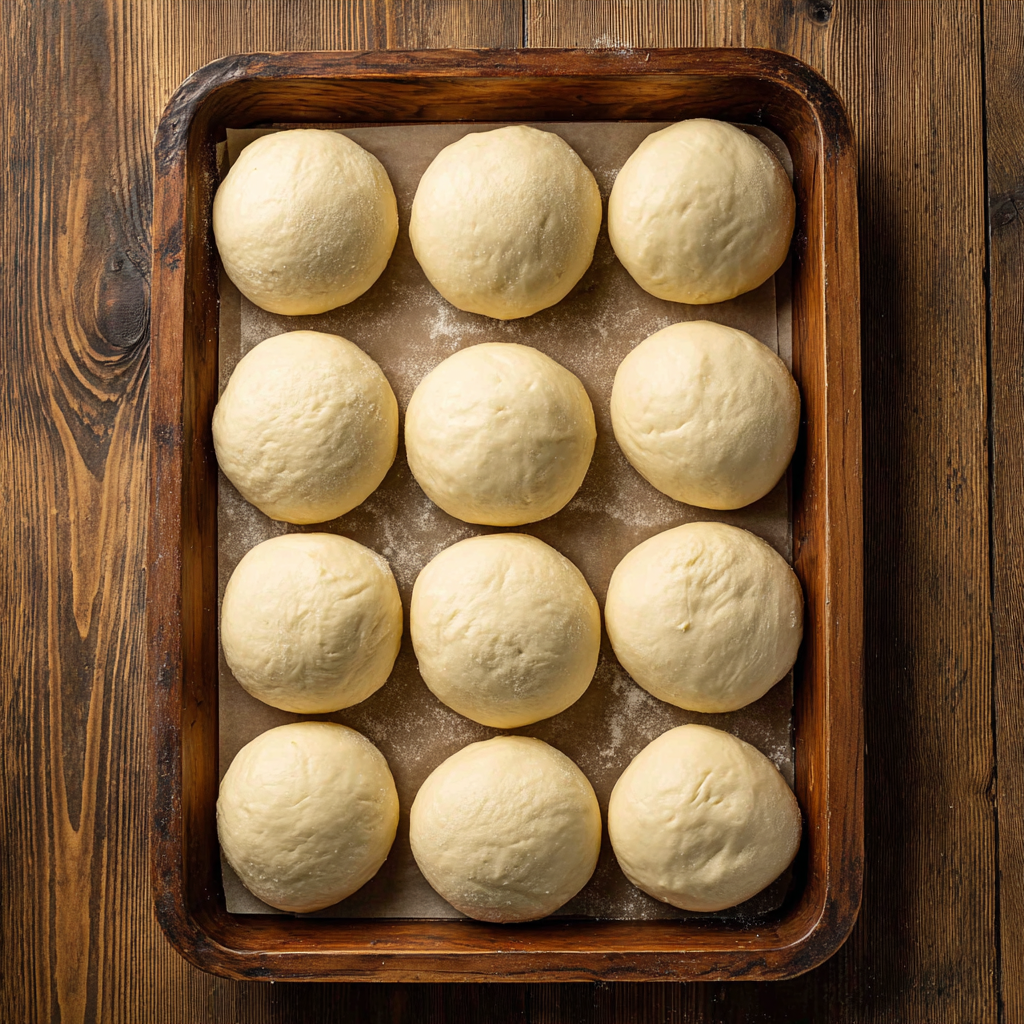
Baking to Perfection:
- Brush with butter while still warm
- Brush tops with melted butter or beaten egg
- Bake at 375°F for 18-22 minutes until golden brown
- Cool on wire rack for 10 minutes before serving
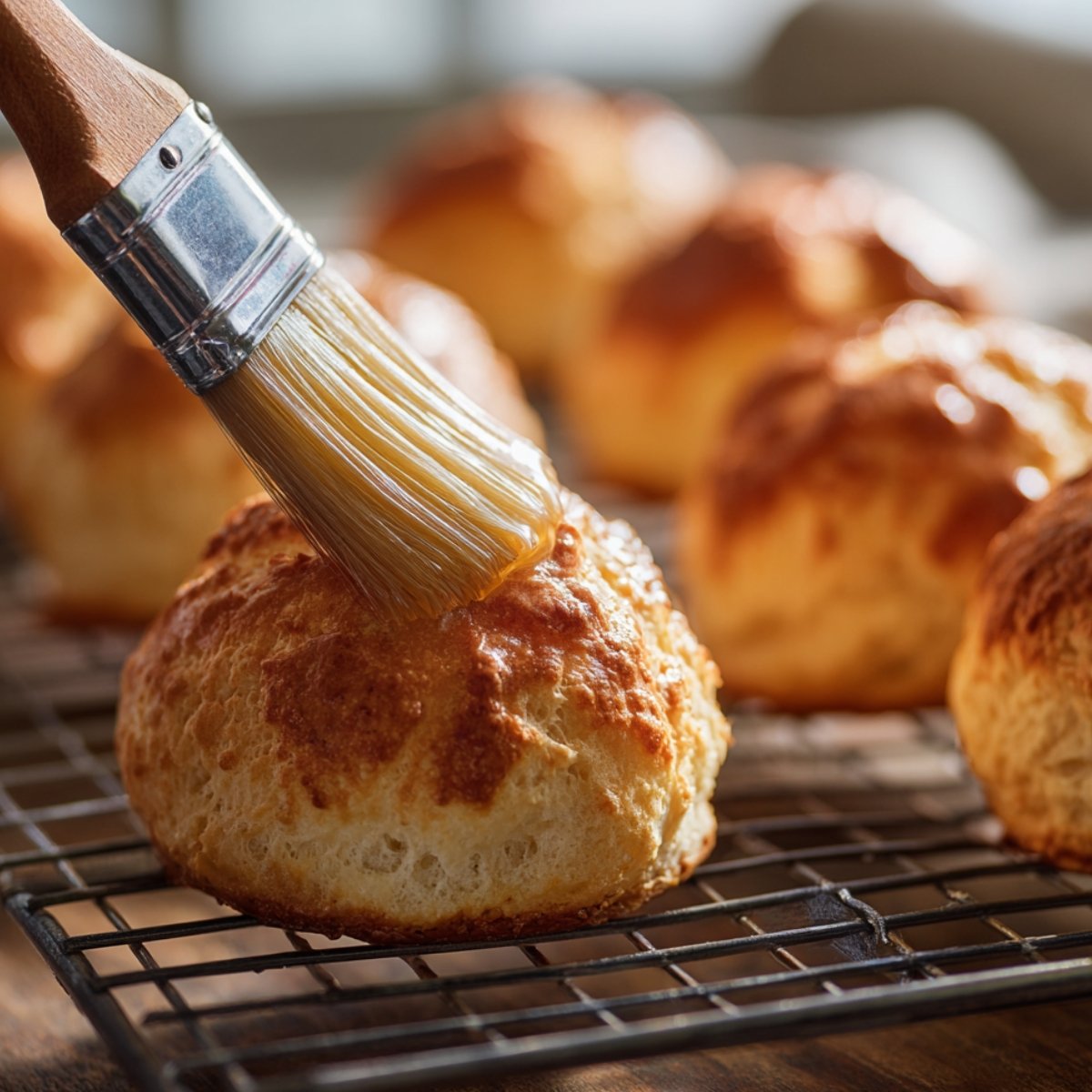
Smart Swaps for Bread Rolls
Flour Options:
- All-purpose → Bread flour (makes rolls chewier)
- White flour → Half whole wheat (adds nuttiness)
- Regular → Gluten-free flour blend (needs extra liquid)
- Standard → Self-raising flour (reduce yeast by half)
Liquid Changes:
- Milk → Water (less rich but still good)
- Dairy milk → Almond or oat milk
- Whole milk → Buttermilk (adds tang)
- Regular → Warm potato water (makes softer rolls)
Fat Alternatives:
- Butter → Vegetable oil (less flavor but still soft)
- Dairy butter → Vegan butter substitute
- Melted → Olive oil (adds different flavor)
- Regular → Coconut oil (slight coconut taste)
Sweetener Swaps:
- Sugar → Honey (use less, adds moisture)
- White sugar → Brown sugar (richer flavor)
- Regular → Maple syrup (reduce other liquids slightly)
Yeast Notes:
- Regular → Rapid-rise (shorter rising times)
- Active dry → Instant yeast (mix directly with flour)
- Fresh → Dried (use ⅓ the amount)
Bread Rolls Variations
Herb Bread Rolls:
- Add dried rosemary, thyme, or oregano to flour
- Mix in fresh chopped herbs before shaping
- Brush tops with garlic butter before baking
- Great with soup or pasta dinners
Cheese Stuffed Rolls:
- Flatten each dough portion into circle
- Place cube of cheese in center
- Seal edges and shape into ball
- Cheddar or mozzarella work best
Sweet Dinner Rolls:
- Increase sugar to 3 tablespoons
- Add cinnamon to dough
- Brush with honey butter after baking
- Perfect for holiday meals
Garlic Bread Rolls:
- Mix minced garlic into melted butter
- Brush rolls before and after baking
- Sprinkle with parsley
- Serve with Italian dishes
Whole Wheat Version:
- Replace half flour with whole wheat
- Add extra tablespoon of milk
- Longer rising time needed
- Nuttier flavor and denser texture
Mini Slider Rolls:
- Great for parties and appetizers
- Divide dough into 16 smaller pieces
- Reduce baking time to 12-15 minutes
- Perfect size for small sandwiches
Equipment For Bread Rolls
- Large mixing bowl
- Measuring cups and spoons
- Clean tea towel for covering
- Baking tray or sheet pan
- Wire cooling rack
Storing Your Bread Rolls
Same Day (Best Option):
- Keep covered with clean tea towel at room temperature
- Best eaten within 6-8 hours of baking
- Reheat briefly in 300°F oven to refresh crust
- Don't refrigerate same day - makes them go stale faster
Next Day Storage:
- Wrap individually in plastic wrap or foil
- Store in airtight container or bread box
- Warm in low oven before serving
- Still good but not as soft as fresh
Freezing (Up to 3 Months):
- Cool completely before freezing
- Wrap tightly in plastic, then foil
- Freeze in freezer bags with date labels
- Thaw at room temperature, then warm in oven
Reheating Tips:
- Don't overheat or they'll get tough
- From frozen: thaw first, then warm 5 minutes at 350°F
- From refrigerator: wrap in damp paper towel, microwave 15-20 seconds
- For crispy crust: brush with water, heat in oven
Top Tip
- The biggest mistake I see people make with bread rolls is using milk that's too hot when they dissolve the yeast. I used to think "warm" meant hot, so I'd heat the milk until it was steaming and then wonder why my yeast never got foamy and my rolls turned out dense. It took me embarrassingly long to realize I was killing the yeast before it even had a chance to work. The milk should feel just slightly warm on your wrist, like a baby's bottle - if it feels hot, it's too hot.
- Now I test every batch of milk before adding the yeast, even though I've made this recipe hundreds of times. It's such a simple thing, but getting the temperature right is what makes the difference between rolls that rise properly and ones that stay flat and heavy. If you don't have a thermometer, err on the side of cooler rather than hotter - yeast can work with lukewarm milk, but it can't come back from being killed by heat. This one change turned my hit-or-miss bread rolls into consistent winners every time.
FAQ
What makes rolls light and fluffy?
The key is proper yeast activation, adequate kneading to develop gluten, and not rushing the rising times. Using the right milk temperature and letting the dough double in size during both rises creates that soft, airy texture everyone loves in homemade bread rolls.
Which bread is good for bread rolls?
This recipe makes classic dinner rolls perfect for any meal. The soft texture works well for sandwiches, sopping up soup, or eating with butter. They're not too dense like some whole wheat versions but have more flavor than plain white dinner rolls.
Which flour is best for bread rolls?
All-purpose flour works perfectly for soft bread rolls. Bread flour makes them slightly chewier, while cake flour makes them too delicate. All-purpose gives you that tender crumb with enough structure to hold together when you tear them apart.
How to make really soft bread rolls?
Use milk instead of water, don't skip the butter, and avoid over-flouring during kneading. The milk proteins and fats create tenderness, while proper rising times develop the soft texture. Brush with butter right after baking to keep the crust soft too.
Time to Start Baking Your Own Rolls!
Now you have everything you need to make soft, fluffy bread rolls that'll make your kitchen smell like a bakery. This recipe has gotten me through countless family dinners and holiday meals, and once you try making them yourself, you'll understand why store-bought rolls never quite measure up. The best part is watching people's faces when they bite into a warm, homemade roll - it's worth every minute of mixing and waiting for the dough to rise.
Looking for more homemade bread recipes? Try our Classic White Sandwich Bread Recipe that uses similar techniques but makes perfect slicing loaves. Need something sweet? Our Cinnamon Roll Recipe takes these same dough skills and turns them into breakfast treats. For special occasions, our Dinner Party Focaccia Recipe impresses guests with minimal extra effort!
Share your bread roll success! We love seeing your fresh-baked creations!
Rate this recipe and let us know how yours turned out!
Related
Looking for other recipes like this? Try these:
Pairing
These are my favorite dishes to serve with Bread Rolls

Bread Rolls
Ingredients
Equipment
Method
- Combine warm milk, yeast, sugar, flour, butter, and egg until a rough dough forms
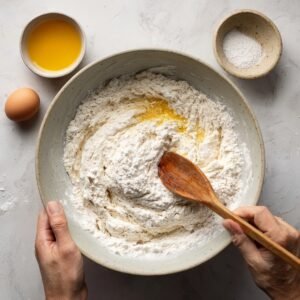
- Work the dough on a floured surface for 8-10 minutes until smooth and elastic
- Let dough rest in a greased bowl covered with towel until doubled in size
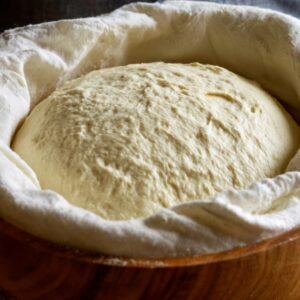
- Divide into 12 pieces, roll into balls, and arrange on a greased baking tray
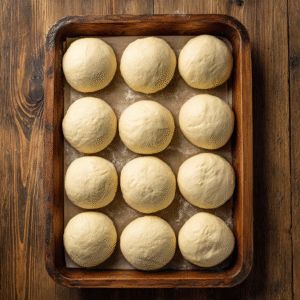
- Bake until golden brown, then brush with melted butter and cool before serving
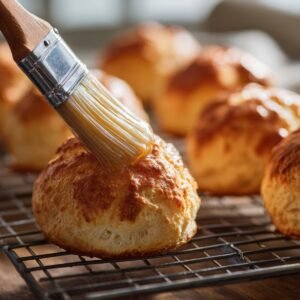




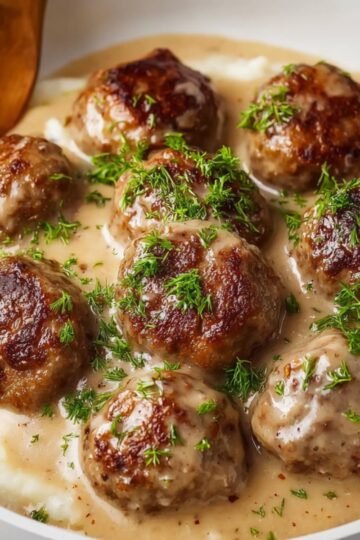
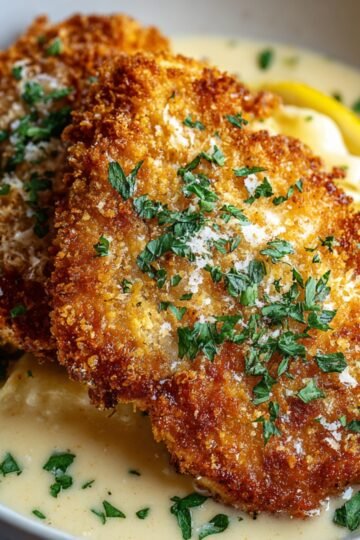

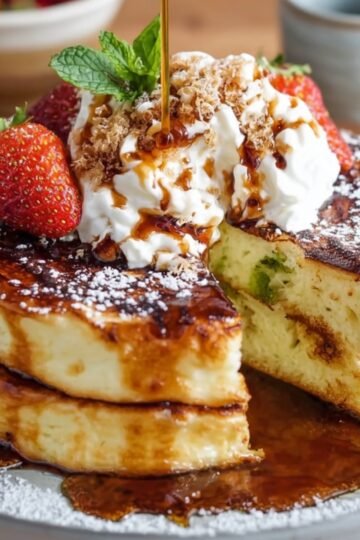

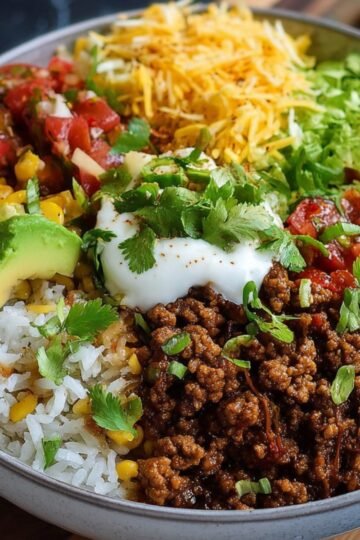
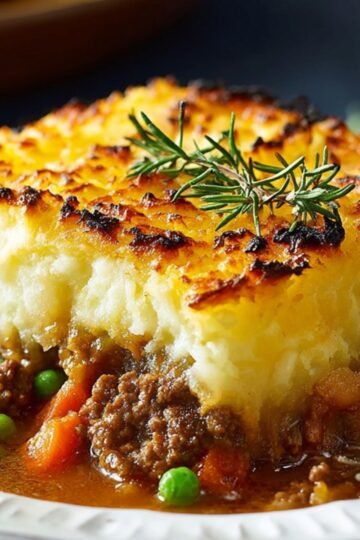


Leave a Reply